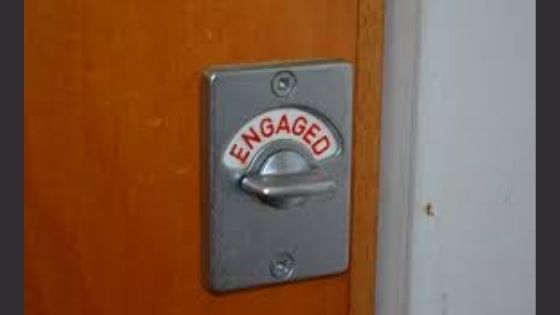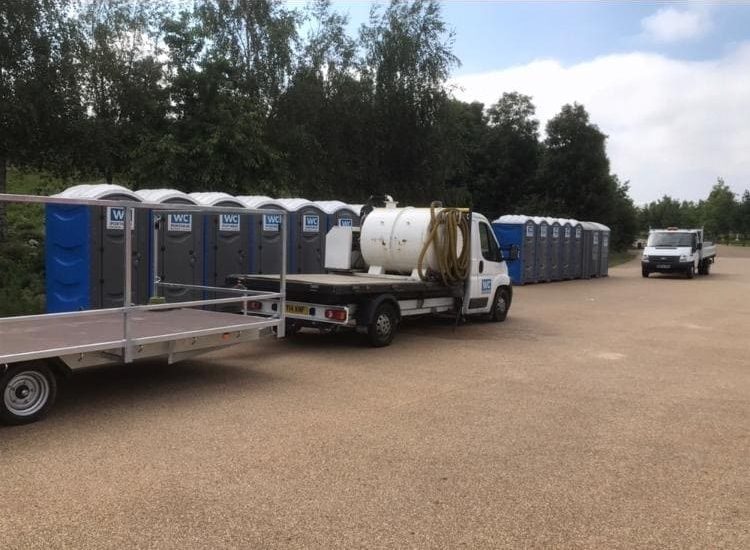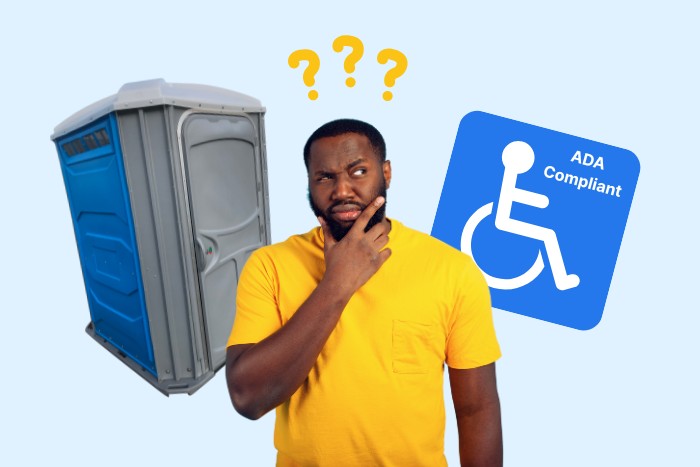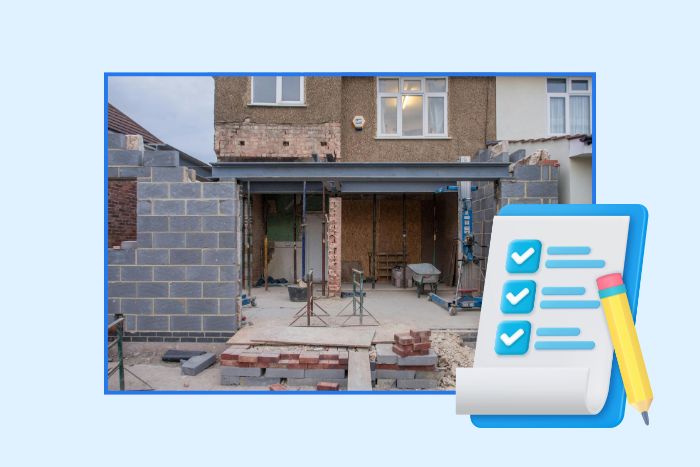When we are pressed for the toilet, one thought runs through our minds. We need to use the toilet and that’s about it. In life, we sometimes create some room to wiggle around when making decisions. Imagine you are planning to buy a semi-detached home with a garden in your favourite neighbourhood. You have a budget in mind and hope to purchase for the said price with a desire to pay 1% more or less for the right deal. It is a lengthy process that takes a series of calls, email exchanges and negotiations. There is the willingness to make adjustments for the right price. This is not similar to visiting a toilet as a result of being pressed for a number one or two. At the height of our press, we are more impatient and unwilling to adjust to the left or right. The need at hand is to use the toilet and that’s our focus.
When proceeding to use the toilet we always hope at least one stall or portable toilet is vacant. It becomes a nightmare when we meet a queue of people waiting to use the facility. In this scenario, it is quite clear all stalls are in use due to the number of users queuing up. There are circumstances when we meet no queue and are unsure if the portable toilet unit is in use or not. Let’s briefly look at some circumstances that will make us unsure if a portable toilet is locked or unlocked.
Factors that make a potential toilet user unsure if a unit is locked or unlocked
1) Half locked and unlocked sign being displayed: Faulty locks in public facilities like portable toilets and standard units can occasionally make it confusing to understand to ascertain if a toilet is locked or unlocked. Sometimes a lock could be partially showing off an occupied and vacant sign at the same time. When pressed, this could cause some uncertainty as one will be unsure of the status of the unit.
2) Self-generated noise from the toilet equipment: Some toilets are likely to self-generate noise from a malfunctioning toilet tank, running tap or dangling dirt in a bin. These scenarios may cause a potential user to assume the facility is occupied.
3) The queuing syndrome: The Brits are renowned for queuing and tend to do it very well. Subconsciously, we join a queue when we meet one even at public facilities. Whilst ethics and decorum demands we quietly join a queue it is also important to observe if the toilet door indicates an engaged or vacant sign whilst queuing. Have you been queuing for a long time? It could be a sign that the toilet is vacant and you’ve just joined the queue by default like everyone else.
4)Confusing lock design: Some toilets are designed with locks that indicate engaged and vacant signs. Others may not be the same. Some fanciful and innovative designs may steer from the conventional and make ascertaining the status of the facility very confusing.
These are some reasons that will make it confusing to detect if a public toilet facility is locked or unlocked.




